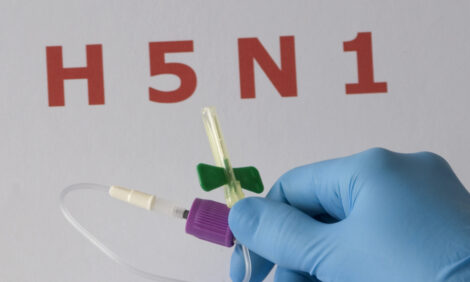



New Method Monitors Natural Incubation
UK - Researchers have successfully tested a novel device for incubation studies in wild and domestic birds in nests and artificial incubator trials, which monitors conditions without interfering with natural behaviour.At the International Poultry Scientific Forum in the US earlier this year, Dr Malcolm Mitchell of Scottish Agricultural College (SAC) in Edinburgh reported a study to monitor thermal conditions and egg movement in the nest during natural incubation.
He explained that the requirement to monitor accurately and reliably the physiological responses and the condition of animals using techniques that impose minimal interference upon normal behaviours and activities has resulted in the development of a range of radio-telemetry systems. A device has been constructed to be of a similar size and weight to that of a chicken/duck egg thus allowing it to be placed in a nest to monitor conditions during natural incubation.
The measured variables were dry–bulb temperature, relative humidity and the orientation of the ‘egg’. Temperature was measured by eight bead-type thermistors, of bonded into wells formed in the outer casing of the egg. Relative humidity was measured by solid–state humidity sensors. Orientation of the telemetric egg was determined by an array of accelerometers measuring the gravity vector.
The performance of the telemetric egg was assessed by placing it in the nests created by a Red Crested Pochard, Netta rufina, and by a Mallard (duck), Anas platyrhynchos. Data were transmitted from the ‘egg’ to a base station several metres away by a two–way radio link.
The instrumented egg was accepted into the nest and was ‘incubated’ in the same way as other eggs. Values of the temperature, relative humidity and orientation of the ‘egg’ were sampled at a rate of one scan per minute throughout incubation. Output data include mean temperature, frequency of movement, periods of parental absence and egg cooling and warming rates.
In these two trials the telemetric egg was reliable and was ‘incubated’ in the same way as other eggs in the clutch.
Mitchell and co-authors proposed that this novel device can be employed in incubation studies in wild and domestic birds in nests and artificial incubator trials.
Reference
Mitchell M., P. Kettlewell, R. Hoxey and J. Lowe. 2012. Monitoring thermal conditions and egg movement in the nest during natural incubation. Proceedings of International Poultry Scientific Forum. Atlanta, Georgia, US. M76.









